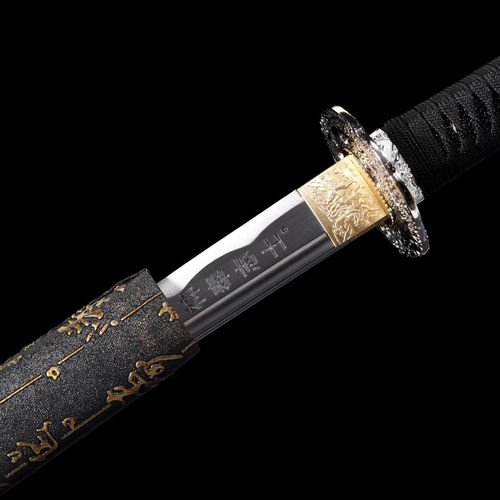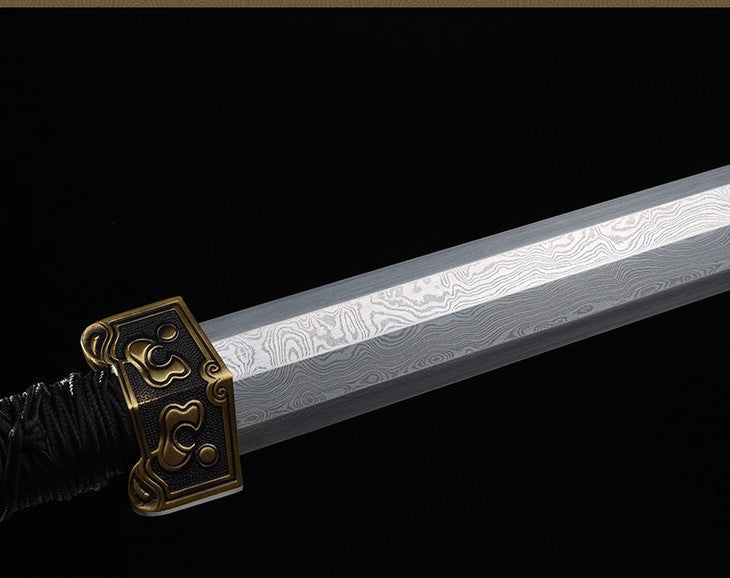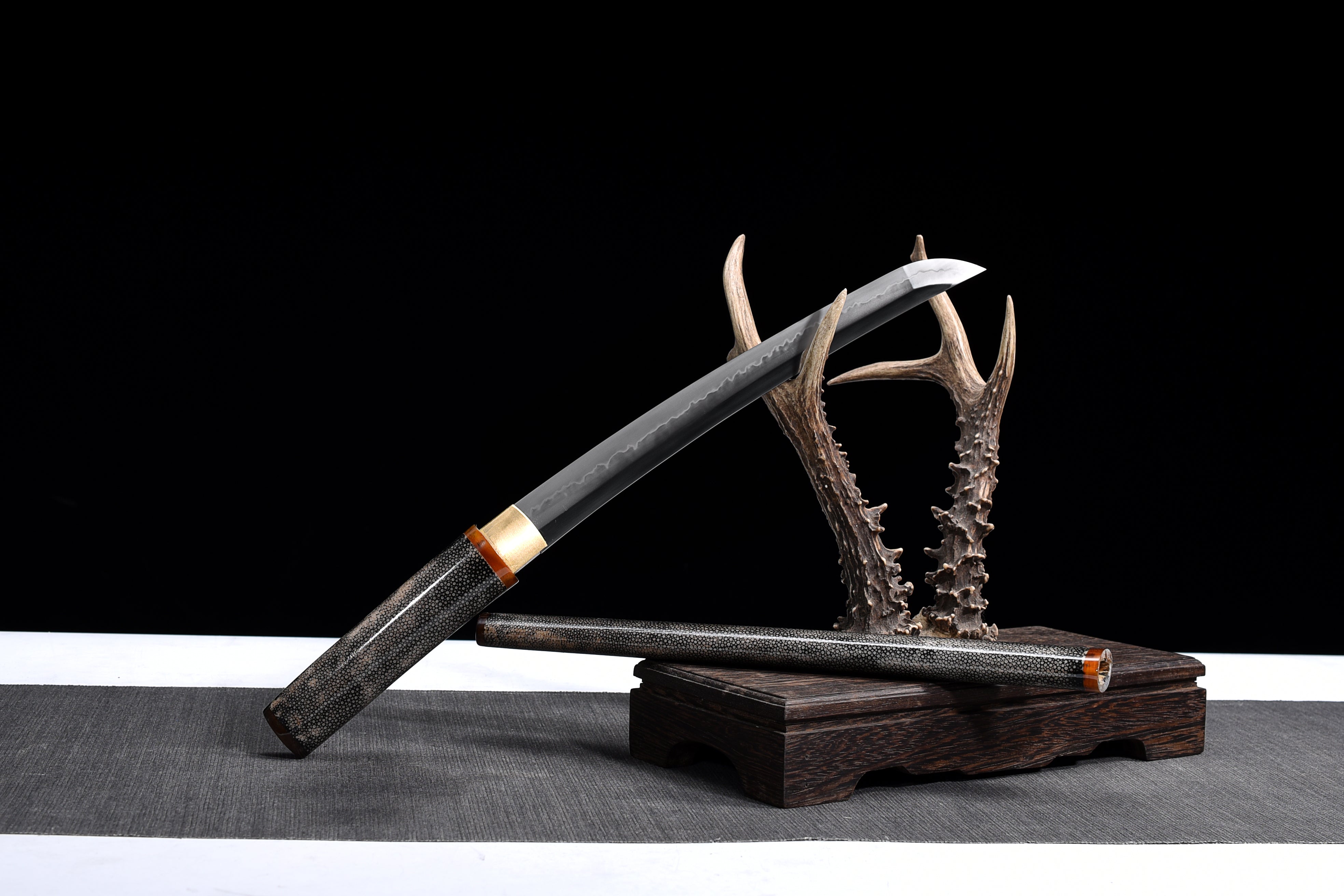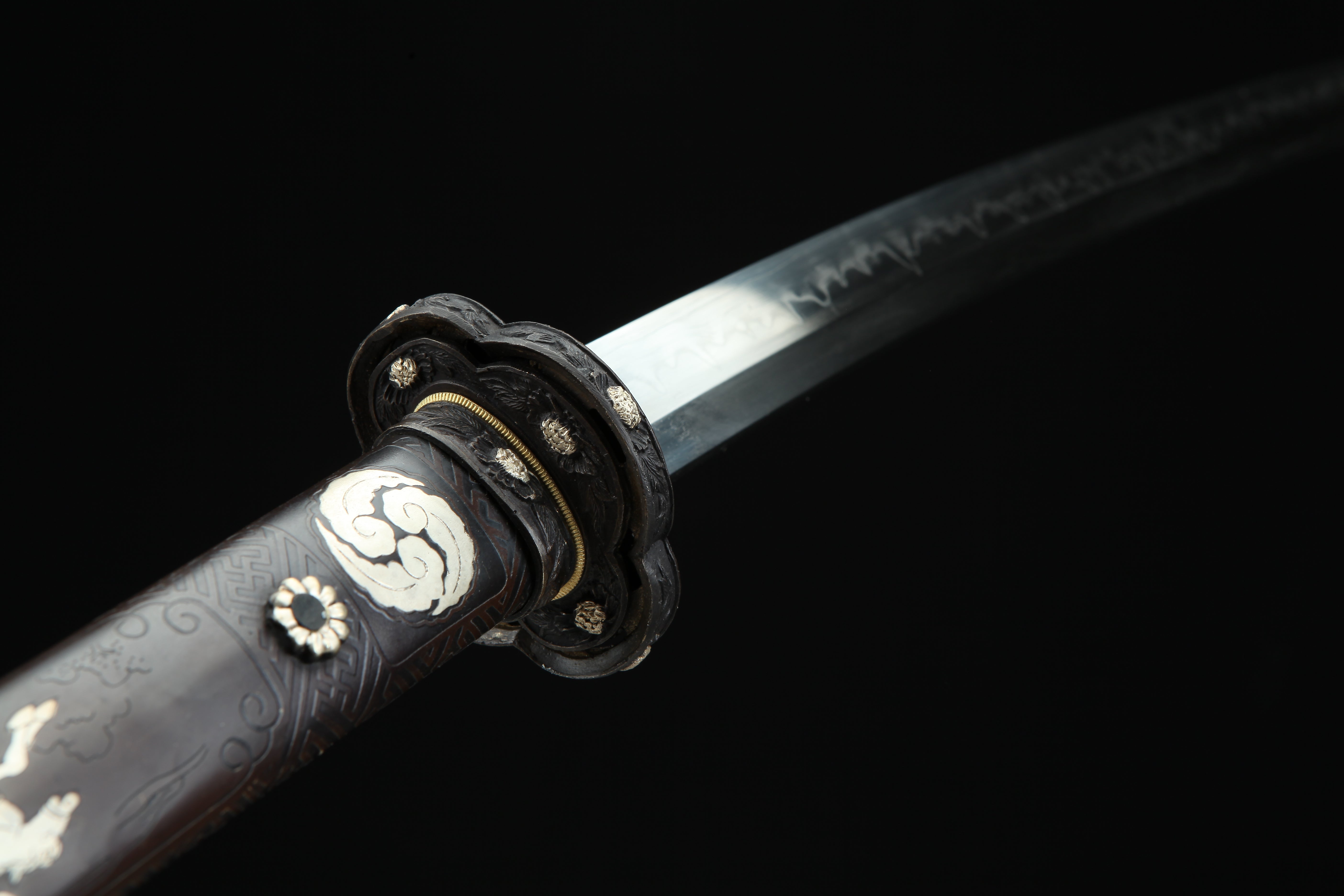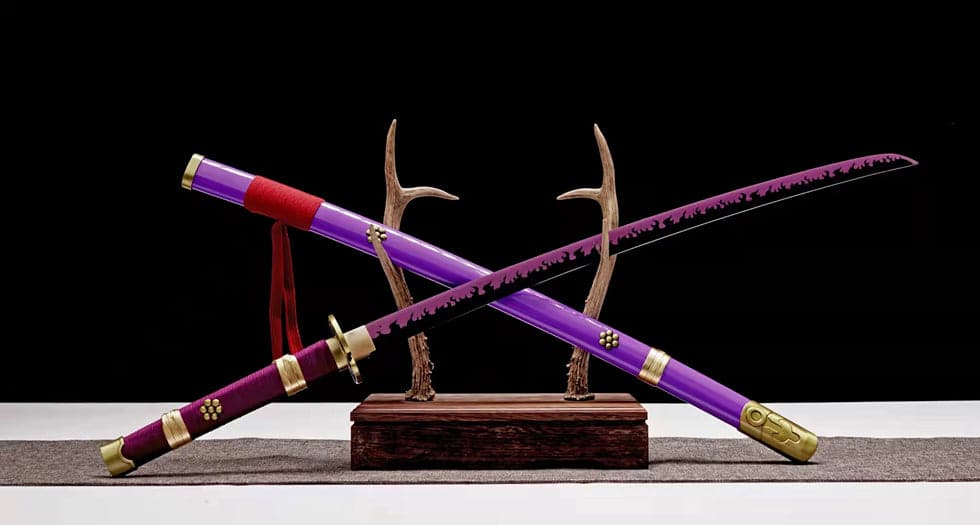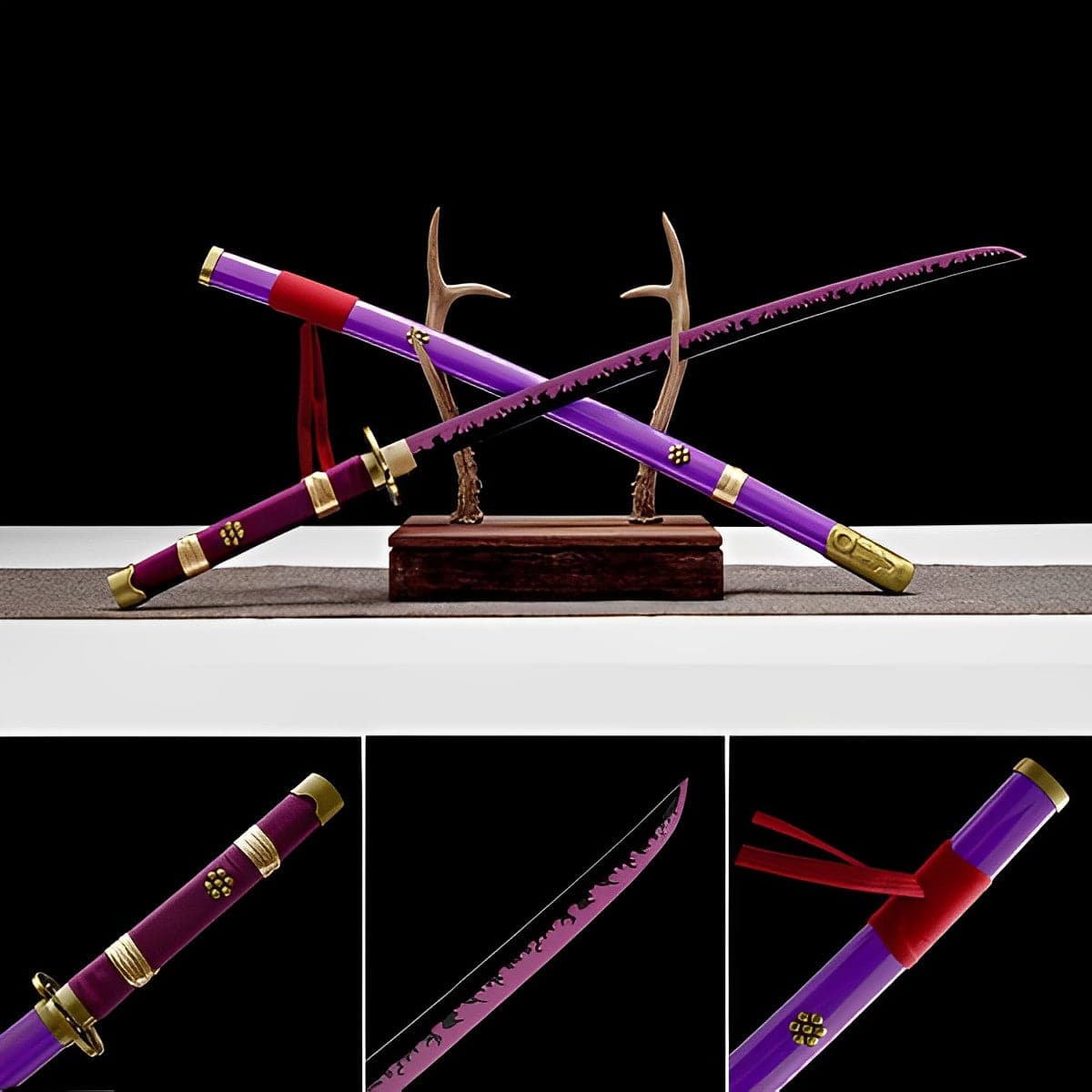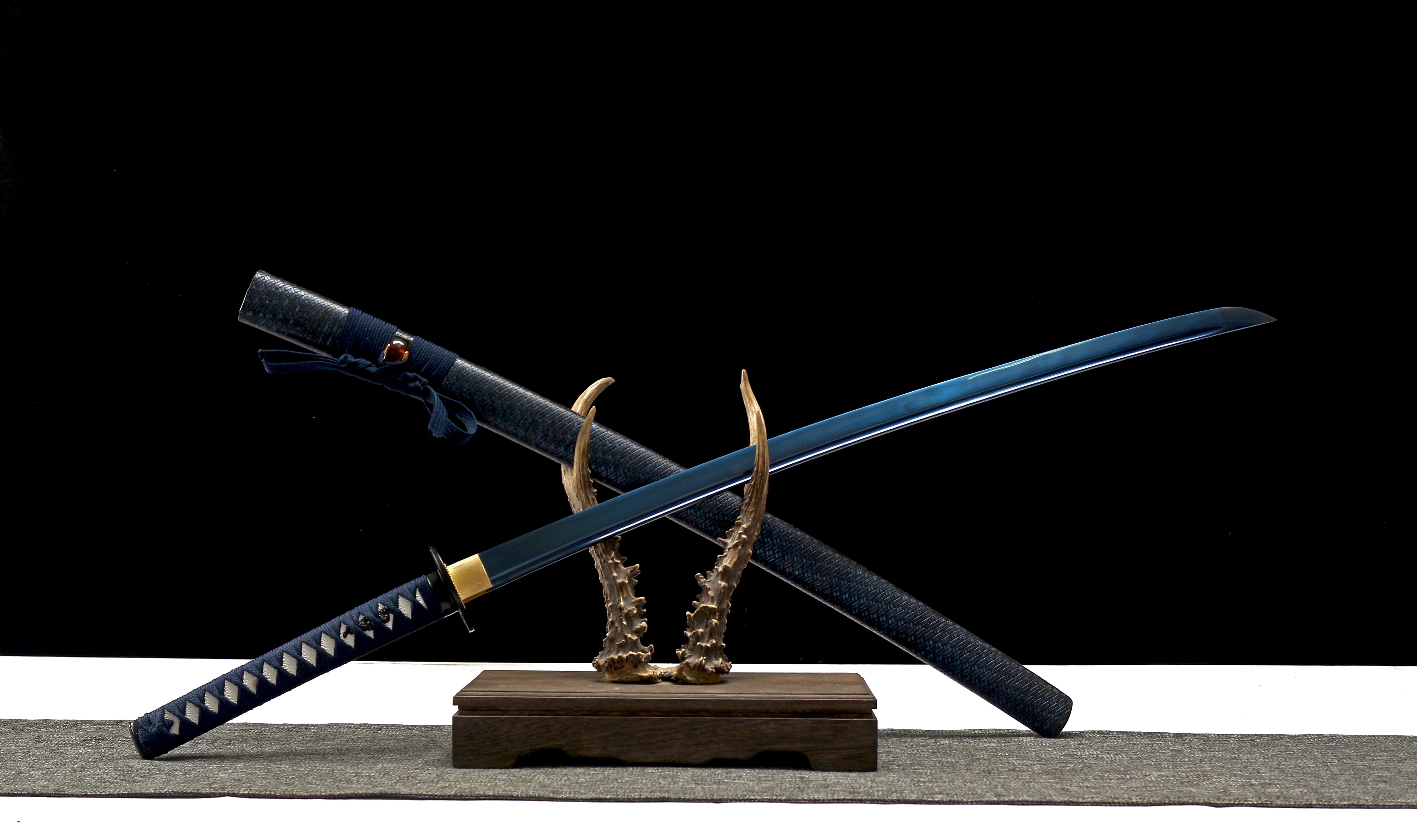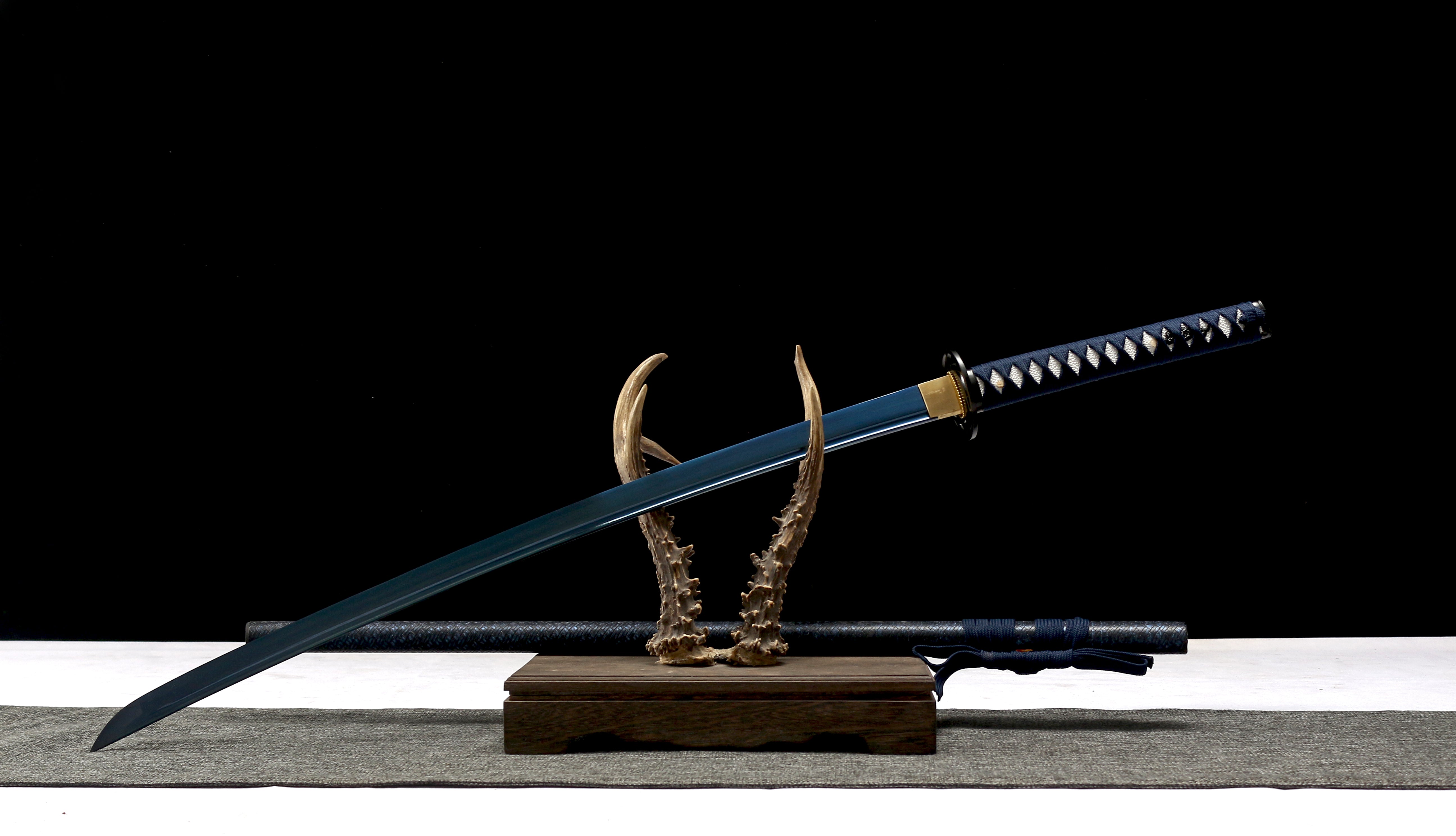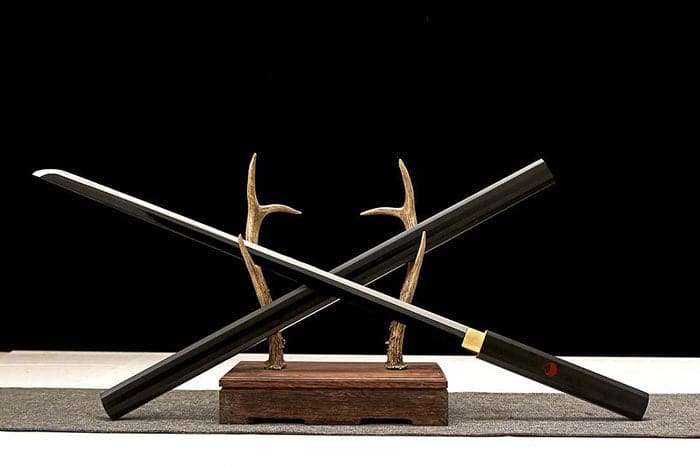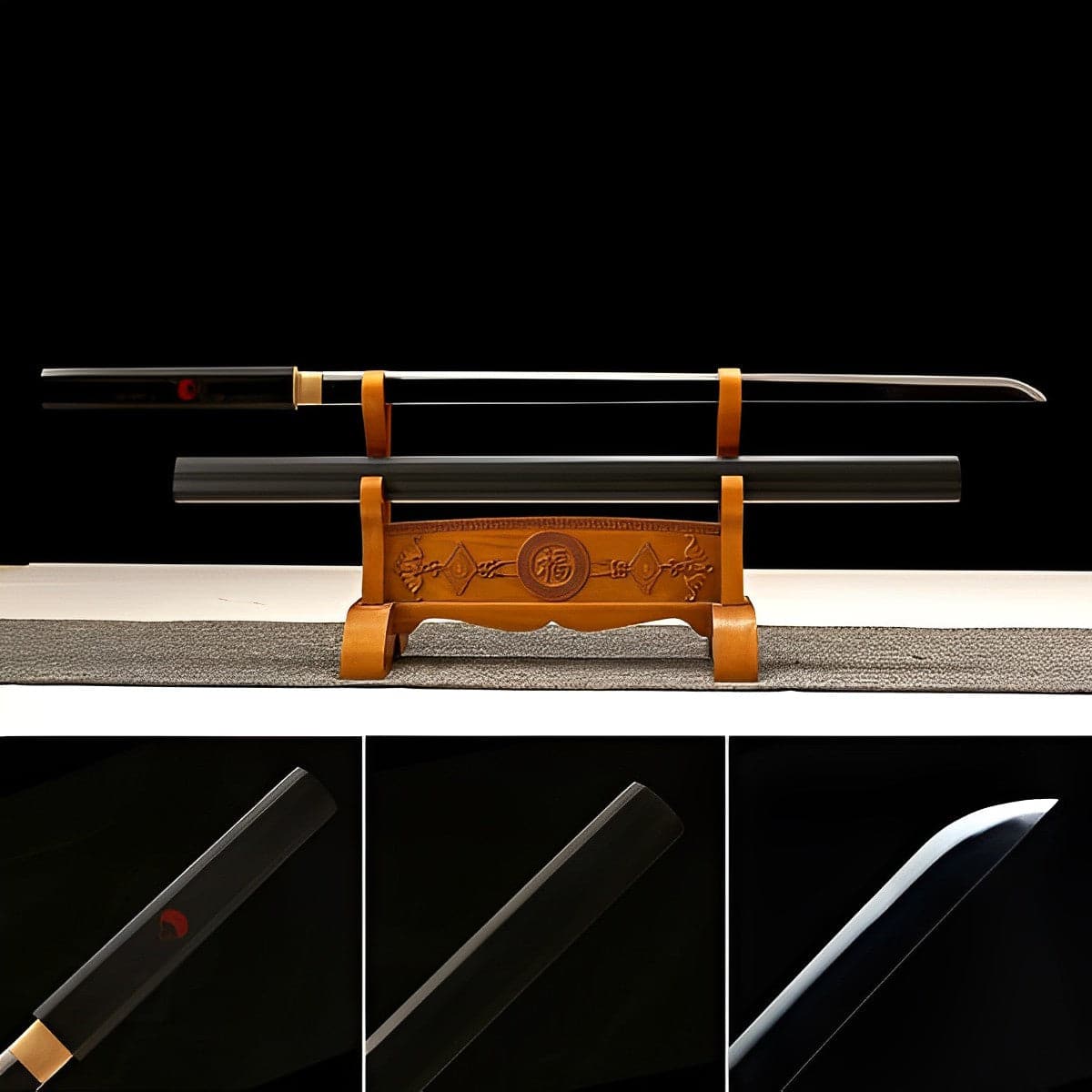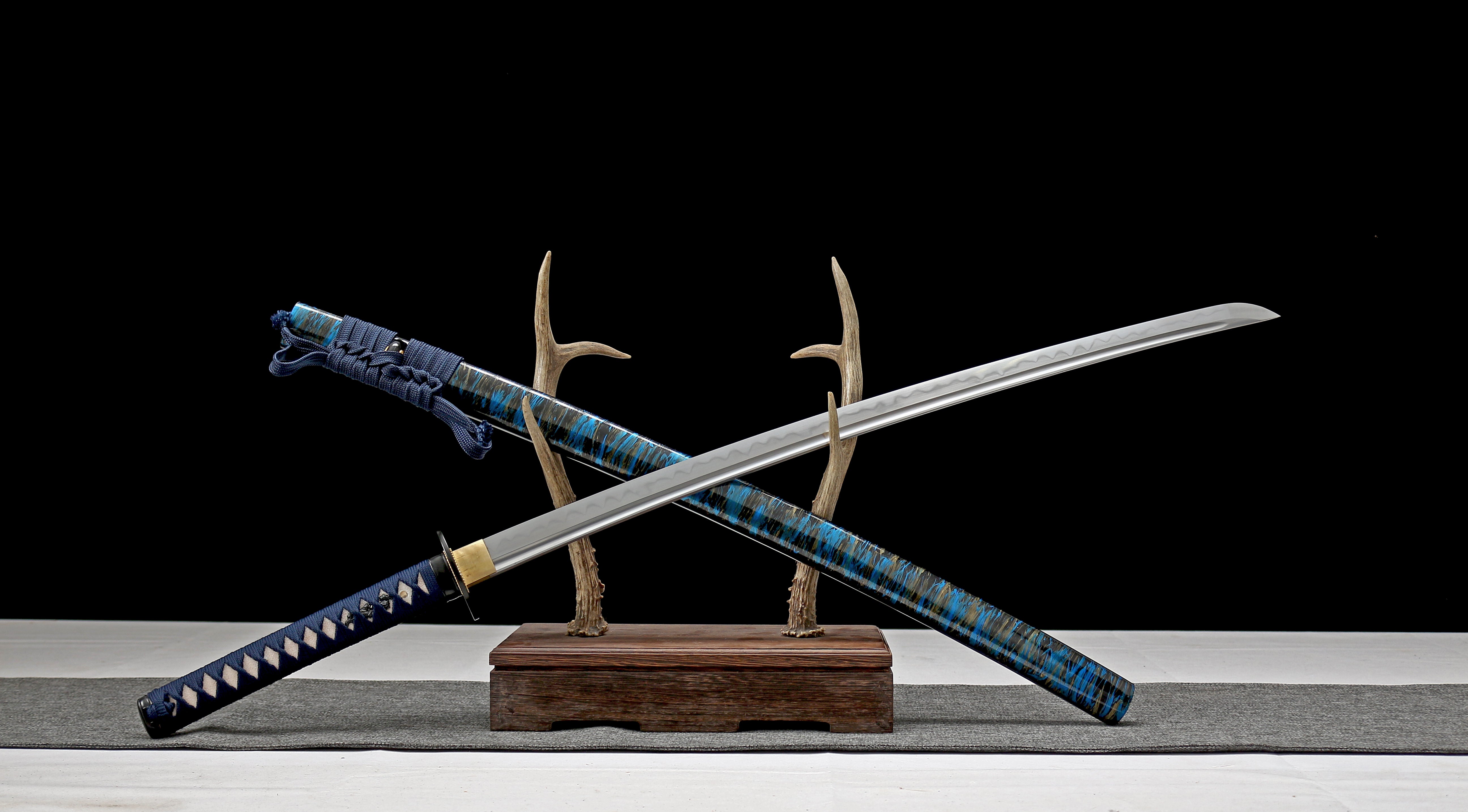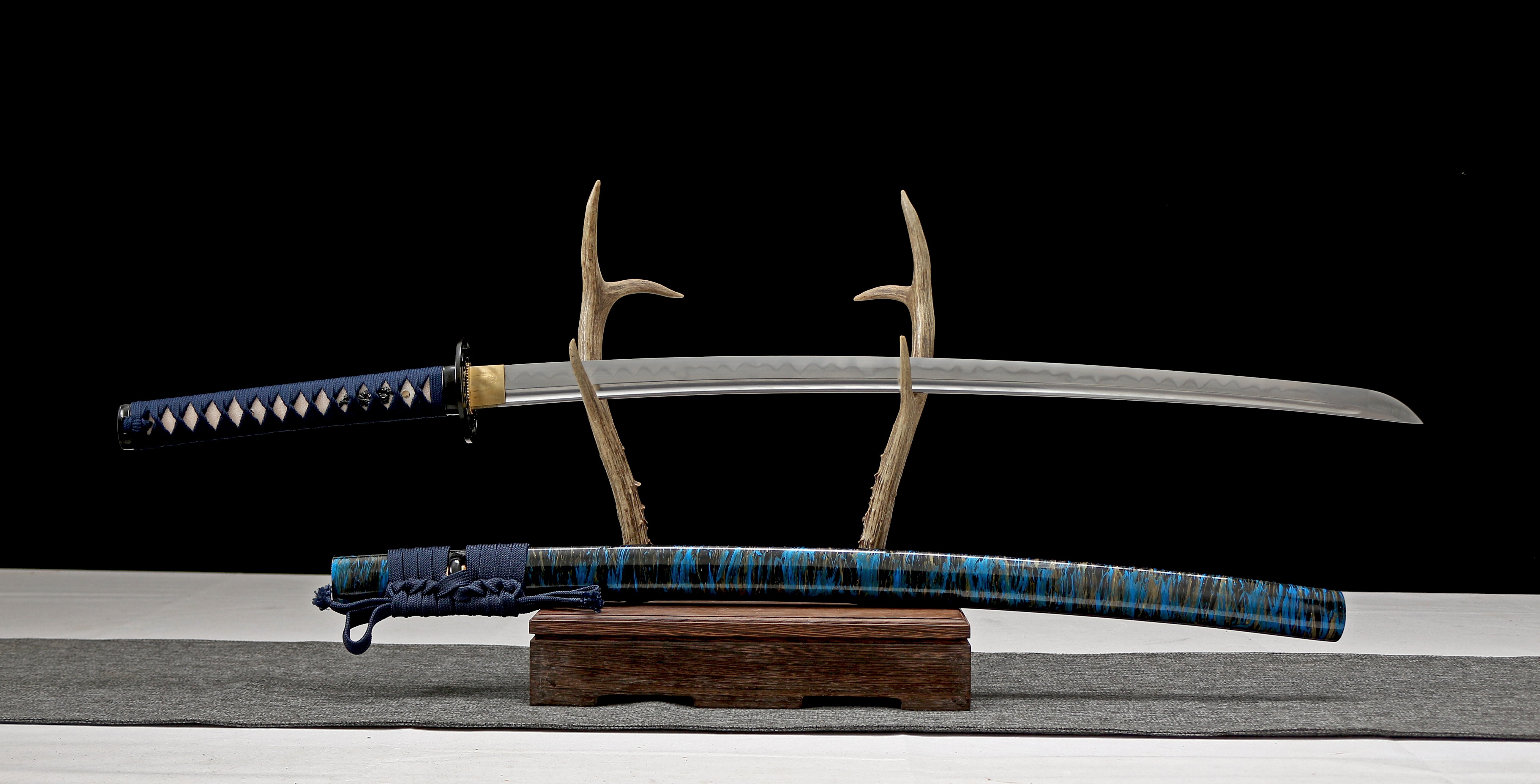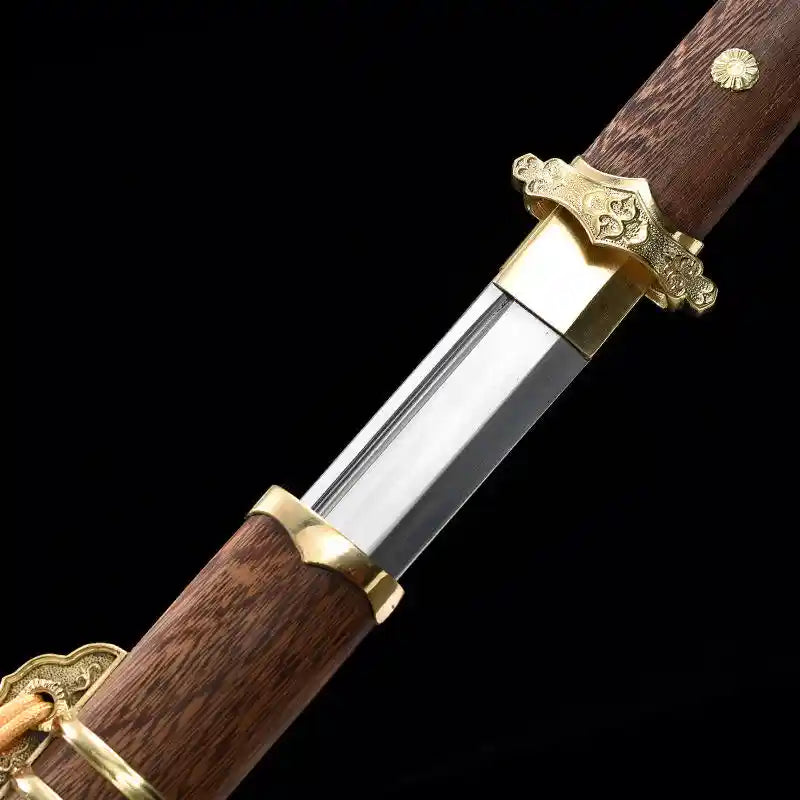
High carbon steel
Introduction: The Backbone of Premium Edged Tools
With a carbon content ranging from 0.6% to 1.4%, high carbon steel represents the gold standard for bladesmithing and precision tool manufacturing. This exceptional alloy transforms under a smith’s skilled hands – capable of achieving unparalleled edge retention through heat treatment while maintaining the structural integrity demanded by professional craftsmen. At [Your Brand Name], we utilize premium high carbon steels like 1095, W2, and 80CrV2 to forge blades that honor tradition while meeting modern performance standards.
Chapter 1: Metallurgical Properties That Define Performance
The Carbon Advantage
- Crystal Structure: Increased carbon forms harder cementite (Fe3C) within the ferrite matrix
- Heat Treatment Range: Achieves HRC 58-64 after proper quenching (compared to HRC 40-55 for mild steel)
-
Critical Temperatures:
- Austenitization: 1500-1600°F (815-870°C)
- Quench Mediums: Oil (moderate speed), Water (fast), or specialized polymer solutions
Comparative Steel Properties
| Property | High Carbon (1.0%C) | Medium Carbon (0.4%C) | Stainless (440C) |
|---|---|---|---|
| Hardness | HRC 60+ | HRC 50 | HRC 58 |
| Toughness | Moderate | High | Low |
| Edge Life | 3-5x Longer | 2x Longer | 1-2x Longer |
Chapter 2: Precision Heat Treatment Techniques
Optimizing The Blade’s Potential
-
Quenching
- Oil-quenched: Balanced hardness/toughness (ideal for knives)
- Water-quenched: Maximum hardness (traditional Japanese swords)
- Interrupted quench: Specialized technique to prevent stress cracks
-
Tempering
- 300-400°F (150-200°C): Maintains maximum hardness for cutting tools
- 400-500°F (200-260°C): Optimal balance for combat blades
- 500-600°F (260-315°C): Spring temper for flexibility
Common Pitfalls To Avoid
✖ Overheating during grinding (causes temper softening)
✖ Insufficient preheat before welding (leads to hydrogen cracking)
✖ Improper austenitizing time (results in incomplete transformation)
Chapter 3: Applications Across History & Industry
Traditional Bladesmithing
- Katana (玉鋼): Japanese swords using tamahagane (1.0-1.4%C)
- Damascus Steel: Pattern-welded composites with high carbon layers
- Viking Swords: Ulfberht blades with crucible steel (~1.2%C)
Modern Cutting Tools
✔ Surgical instruments
✔ Industrial shears
✔ High-end kitchen cutlery
Chapter 4: Working With High Carbon Steel – Pro Tips
Forging Best Practices
- Working Temperature: 1800-2000°F (bright yellow heat)
- Hammer Control: Avoid thinning below 1/8” before final grinding
- Thermal Cycling: Normalize 3x before hardening
Machining & Finishing
- Grinding: Use aluminum oxide belts, keep steel cool
- Polishing: Progress through 220-2000 grit before buffing
- Etching: Ferric chloride reveals grain structure
Conclusion: The Smith’s Timeless Choice
High carbon steel remains the undisputed champion for edge tools because it offers:
- Customizable Performance through precise heat treatment
- Superior Edge Retention unmatched by other alloys
- Historical Authenticity for traditional reproduction blades
